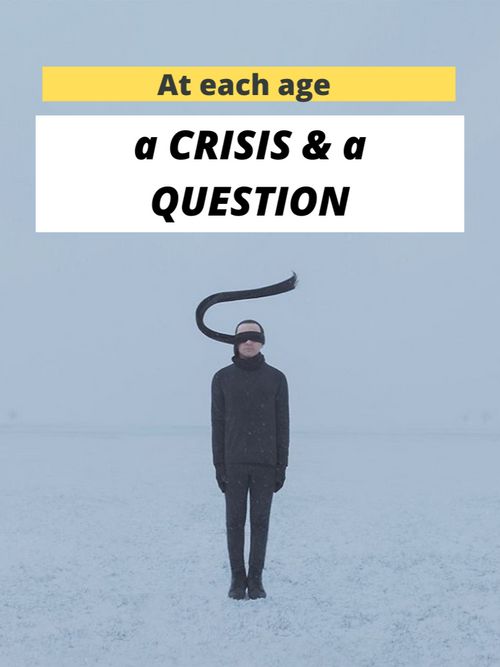Erikson’s stages of psychosocial development
Feb 11, 2022 · 2 mins read
0
Share

Look at an infant and you’ll see how they demand constant assurance of love and coddling, never letting go of the mother’s arms. Then they turn two and the impulse to assert their freedom takes over, manifesting in exploring electric plugs and breaking vases.
Save
Share
Similarly, if adolescence leads to confusion around identity, adulthood brings greater grounding in oneself but newer challenges in relationships. Different stages of life bring different and newer challenges.
Save
Share
German psychologist Erik Erikson clubbed these stages together in a linear order. You can think of 'Erikson's stages of psychosocial development’ as different phases of life - infancy, toddlerhood, childhood, adolescence etc.
Save
Share
Each stage brings a new crisis to deal with. For instance, the crisis at infancy is that of trust vs mistrust. The infant is trying to work out if the world is a place that can be trusted or not.
Save
Share
Successfully dealing with every crisis leads to a person embodying a ‘virtue’, each unique to the stage. If trust is established for the infant by its primary caregivers, the virtue developed is ‘hope’ i.e., a foundational belief that the world is a hopeful place.
Save
Share
Virtues acquired at each stage provide the ground for dealing with the next crisis. ‘Hope’ if acquired at infancy will provide the basis to then explore one’s ‘will’ as a toddler and ‘purpose’ and ‘competence’ in childhood.
Save
Share
Each stage is characterized by an existential question. For adolescents it is ‘Who am I?’ (developing identity), in early adulthood it is ‘Can I love?’ (developing intimacy). Later it is ‘Can I make my life count?’ (developing generativity), and so on.
Save
Share
Failure to navigate a crisis will dent one’s growth. The reason why childhood and toilet training are explored in psychotherapy is because the foundation needed to deal with our present lives is often either absent or fragmented.
Save
Share
For instance, if a toddler isn’t allowed to explore its autonomy, it would develop the opposite of the virtue - in this case, shame and doubt, which it would continue to carry in later years of its life.
Save
Share
Bottom line: Erikson’s model is an indispensable tool to understand our present challenges as well as challenges of the past that we did not deal with properly. It helps us empathize with ourselves, and those around us, better.
Save
Share
0